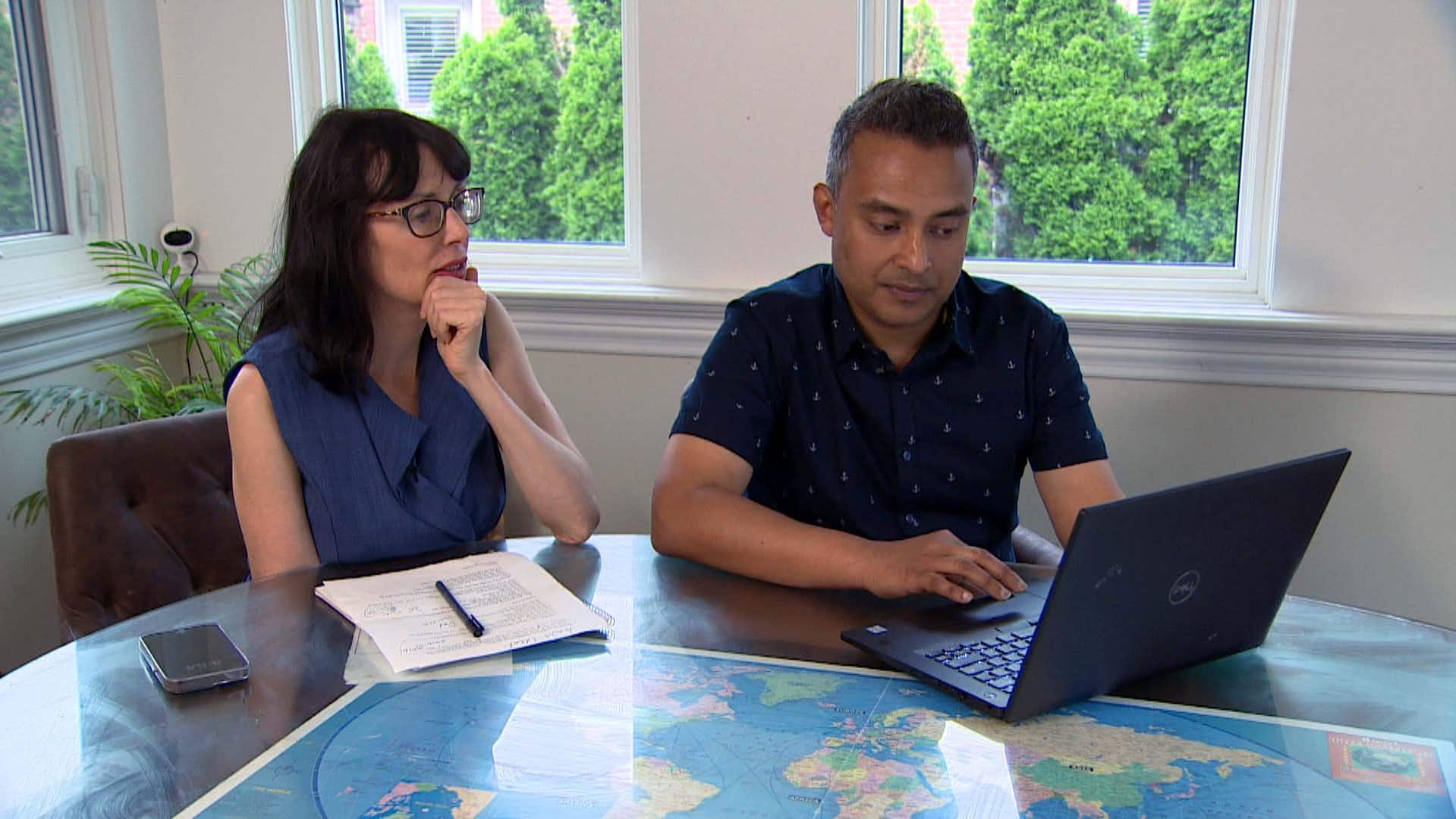
The Current19:54Rate hikes pushed her mortgage up $2,700 a month
When Sarah Dueck and her husband bought a new house in Langley, B.C., two years ago, interest rates were low. They had little doubt they could pay off their variable-rate mortgage.
“All the messaging from the Bank of Canada was that, you know, interest rates would be low for a while and that they’d increase slowly when they did,” she told The Current’s Matt Galloway.
“So we thought, you know, on a five-year term, we’re pretty confident that variable rate was a good way to go.”
But as interest rates skyrocket, Dueck doesn’t know how much longer they can keep paying for the home.
Dueck and her husband are now staring at mortgage payments of $6,300 per month — up by $2,700 a month in payments since they bought the house.
They’ve cut various expenses to make ends meet, from cancelling investment contributions to cutting back on family visits to Ontario.
“My husband’s a teacher, so potentially he could start working [another job] in the summer,” she said. “That’s the last way that we think that we could find any more money.”
But if the rates continue to rise, Dueck doesn’t know if they’ll be able to keep up.
“Beyond that, yeah, we’ll have to start looking at maybe selling the house.”
Earlier today, the Bank of Canada announced that it will keep the benchmark interest rate at five per cent. But it hasn’t ruled out further hike rates if necessary.
Interest rates have gone up 10 times in the past 18 months alone, from 0.25 per cent in early 2022.
Armine Yalnizyan, the Atkinson Fellow on the Future of Workers, says the central bank’s decision to raise interest rates again won’t help fix the inflation problem, and could actually make things worse.
“It’s definitely been a hardship,” Dueck said. “It’s something that’s been on our minds. A lot of conversations about finances, about budgets.”
“Our future is entirely tied up in our house.”
Unexpected inflation
Randall Bartlett, a senior director of Canadian economics with the Desjardins Group, said it’s unlikely even the Bank of Canada expected to be in this situation.
“The Bank of Canada’s expectations for inflation were much, much lower than what we ultimately saw, in terms of inflation running up to over eight per cent as of the summer of last year,” he told Galloway.
“So the bank, I don’t think, anticipated having to raise rates to this level, and certainly private sector economists didn’t think that we were going to see rates at nearly this level either.”

According to Bartlett, situations like Dueck’s have been increasingly common, especially for Canadians who bought a house since the start of the pandemic.
“A lot of folks … took on larger mortgages and are now coming up against much higher interest rates as they either have variable rate mortgages or renewing short-term fixed mortgages,” he said.
“So it’s a it’s a very challenging situation for a lot of households in Canada.”
On top of that, the Canada Mortgage and Housing Corporation (CMHC) reports that a majority of mortgages in Canada have amortization periods longer than 25 years — some as long as 35 years.
Bartlett said some individuals will be stuck with a difficult choice: either sell their home, or contend with a higher interest rate in their budget for years to come.
“That weighs on other parts of the Canadian economy and prevents us from reaching levels of growth that are more typical of an economic recovery,” he said.
Interest relief
Bartlett said some financial institutions are concerned that Canadians won’t be able to pay what they owe due to increasing interest rates, which is why they’re putting more of their own capital aside in case homeowners fail to meet their payments.
That said, Bartlett said financial institutions are generally willing to work with homeowners to ensure they don’t default on their mortgages, as that outcome is in no one’s interest.
With four million Canadian mortgages due to renew by 2026, many borrowers are having to contend with higher interest rates for the first time. Experts weigh in on what options you have to lessen the pain.
Bartlett said the Bank of Canada has done a lot of hard work to bring inflation down from more than eight per cent to just over three per cent now. Furthermore, he expects interest rates to come down in the first half of 2024.
As for a two-per-cent target, Bartlett believes that will take some more time.
“I think the Bank of Canada can start cutting rates before we get there,” he said. “But they will need to see inflation trending toward that two-per-cent target on a sustained basis where it can feel comfortable taking its foot off the brake.”

